
China power market growth - green energy and opportunities
By Adrian JohnChina Power Capacity Additions Expenditure to Total $1.2 Trillion between 2012 and 2021

Total expenditure on power capacity additions in China 2002-2021
Since late 2002 power market restructuring and regulation in China has provided a stable investment environment that has supported massive investment in generation capacity over the past decade. During this period China’s power capacity grew at an astounding CAGR of 13.2% – growing from 357GW in 2002 to 962GW in 2010.
The chart above shows the total capital expenditure (capex) for power capacity additions was $655 billion over the historic period 2002-2011. However, according to ‘The China Power Generation Market Report 2012-2021’ by energy business advisor John Loffman Limited, this huge figure is set to be dwarfed over the forecast period 2012-2021 with $1,202 billion expected to be spent – an increase of 84% relative to the historic 10-year period.
Between 2002 and 2011 annual expenditure on power capacity additions grew substantially from $18.4 billion to 98.2 billion, a CAGR of 20.5%. During this historic period 2002-2011 expenditure on coal power plants accounted for 52% (or $340 billion) of the total $655 billion spent on power projects. Over the same period conventional hydro projects accounted for 21% (or $140 billion) of the total; onshore wind, which really only took off in the second half of the period, accounted for 14% ($89 billion); and nuclear projects accounted for 4% ($24 billion). However, over the next decade there is expected to be a significant and definitive shift towards so-called ‘green’ energy in China that will reduce reliance on coal power.
Focus on ’Green’ Energy

Percentage of Annual Capacity Additions by Power Source 2002-2021
The chart above demonstrates clearly how over the next decade there is set to be a substantial growth in the annual capacity additions of renewable and nuclear energy as China seeks to reach the ambitious targets of 15% of primary energy consumption coming from non-fossil fuel sources and a 40-45% reduction in carbon intensity relative to 2005 by 2020.
Coal power accounted for 68% (or 532GW) of the total 783GW capacity additions between 2002 and 2011, with annual percentages ranging between 57% and 84%. However, over the forecast period 2012-2021 coal capacity additions are set to account for just 51% of the total, with an annual low of 37% in 2021. Meanwhile, the percentage of capacity additions from renewable power sources is set to surge from 26% of the total over the period 2002-2011 to 39% of the total over the period 2012-2021, with an annual high of 50% in 2021.
Although a number of domestic incentive schemes (i.e. feed-in tariffs and subsidies) and international ‘support’ (i.e. UNFCCC CDM Program) have helped to underpin investment in renewable power over the past decade and will continue to play an important role over the next decade, a number of technical and economic challenges must be addressed if China is to reach its ambitious ‘green’ energy targets.
Market Challenges and Opportunities
As China’s economy continues to grow strongly, the challenge of meeting its growing electricity demand while developing long-term energy security and addressing environmental issues is set to drive huge investment in ‘green’ energy technologies. However, the current inadequacies of China’s domestic R&D and the relative high cost of ‘green’ technologies in relation to coal, in addition to continued issues of market regulation, present a number of challenges and opportunities:
- Integrating high levels of intermittent renewable power into the grid – China is already experiencing issues of grid instability related to onshore wind capacity. That is, the lower quality of wind turbines, particularly the fact that most lack low-voltage ride-through control systems, is leading to grid overloads in some parts of the country. This is set to drive significant investment in grid reinforcement and smart grid technology, as well as potentially presenting opportunities for foreign wind turbine and component manufacturers to profit from continued weaknesses in the Chinese wind supply chain, in spite of the government’s 70% localisation target rate.
- Unsustainable tariff policies – there are currently two major issues for tariff policy in China. Firstly, policy associated with on-grid tariffs for coal power plants that does not allow power utility companies to fully pass on rises in fuel costs to consumers could potentially inhibit future market development. That is, in recent years many utilities have either taken heavy losses from operating coal power plants as a result of high coal prices (e.g. during the first four months of 2011 China’s top 5 power producers had combined losses of US$1.62 billion associated with their thermal power plant operations), or have reduced the utilisation rates of plants to mitigate loses – a situation that is unsustainable and has contributed to the development of power demand shortfalls in some regions of the country. Secondly, the high feed-in tariffs and UNFCCC CDM ‘carbon credits’ currently supporting renewable energy projects cannot be fairly viewed as sustainable. Although such incentive schemes as feed-in tariffs and ‘carbon credits’ are likely to be required to justify the economics of renewable energy projects globally for some time, the scale and speed of developments in China necessitates that the capital costs of renewable projects, particularly offshore wind and solar PV, are driven down significantly over the next decade.
- Weaknesses in Chinese R&D – the Chinese Government is well aware of domestic R&D weaknesses in general, and in the power sector in particular, and has set about attempting to address this through the 12th 5-Year Plan. In order to stimulate investment in technology innovation and improve indigenous R&D, the government is set to: provide reduced tax rates to advanced/new technology companies; provide additional ‘bonus’ tax breaks for R&D investment; and offer foreign businesses the additional incentive to enter the market by providing corporate tax exemption on revenues associated with technology transfers.
So, given the huge size of the Chinese power market over the coming decade and beyond and in light of a number of technology related weaknesses of the domestic supply chain, there remains significant opportunities and incentives from the Chinese government for foreign companies to provide existing or future advanced ‘green’ technologies such as IGCC, CCS, advanced wind, advanced nuclear, and smart grid technologies among other things.




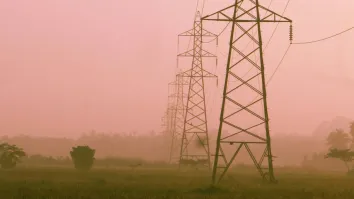


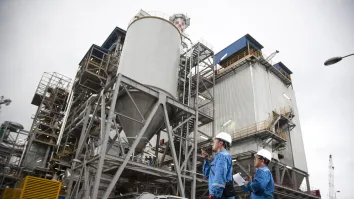
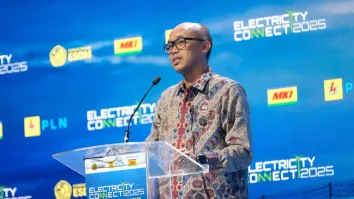





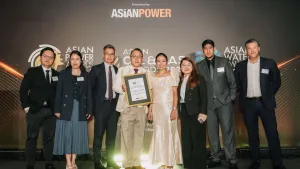



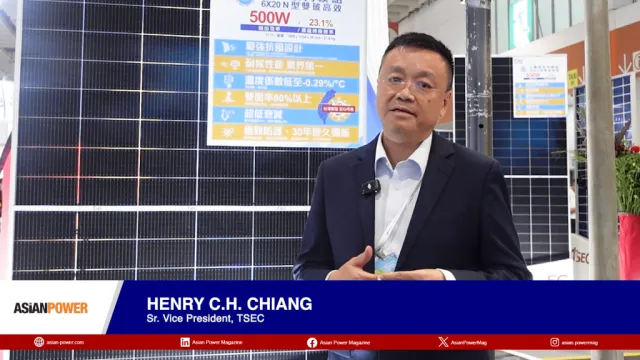

 Advertise
Advertise








